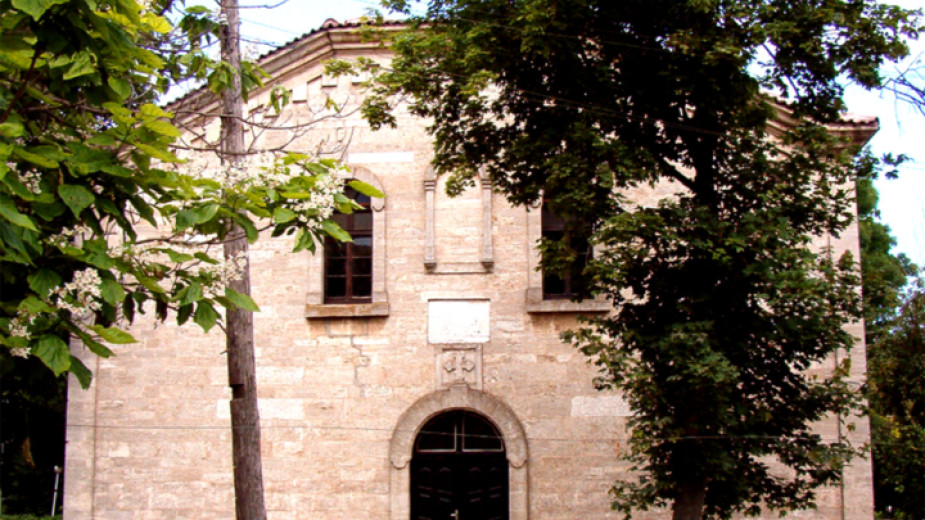 10
10
Every year on February 10, the feast of St. Haralambos , Bishop of Magnesia, is celebrated with special solemnity in a small Bulgarian town in the northernmost part of the country's Black Sea coast. For Shabla and its residents, this is the temple feast of the church "St. Holy Martyr Haralambos", which they built with great dedication, personal labor and sacrifices, but also a day of gratitude.
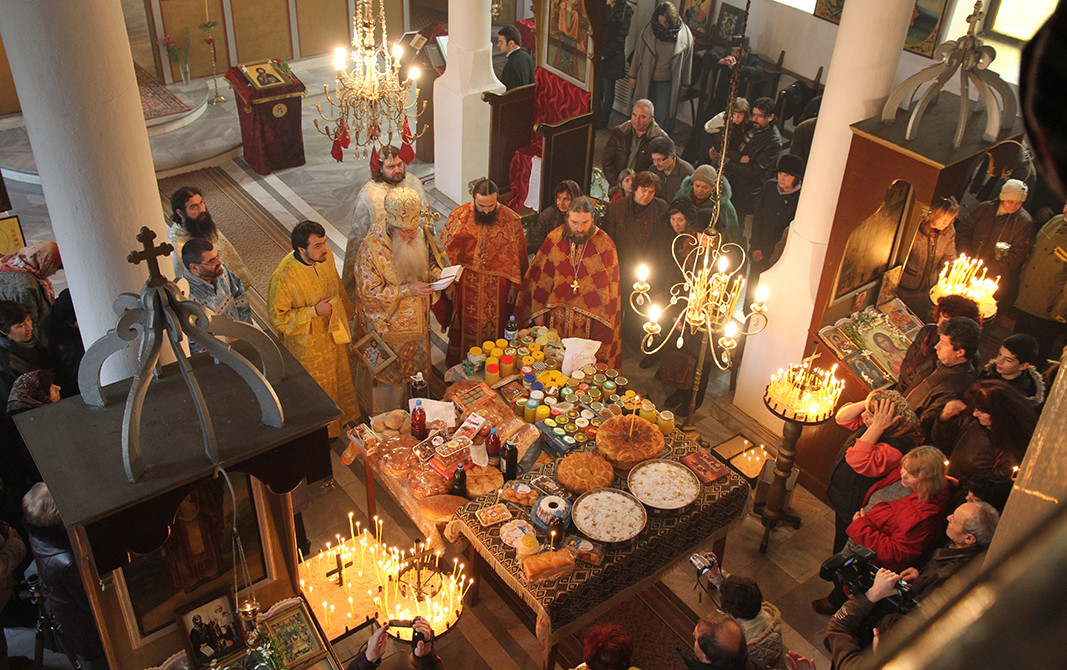
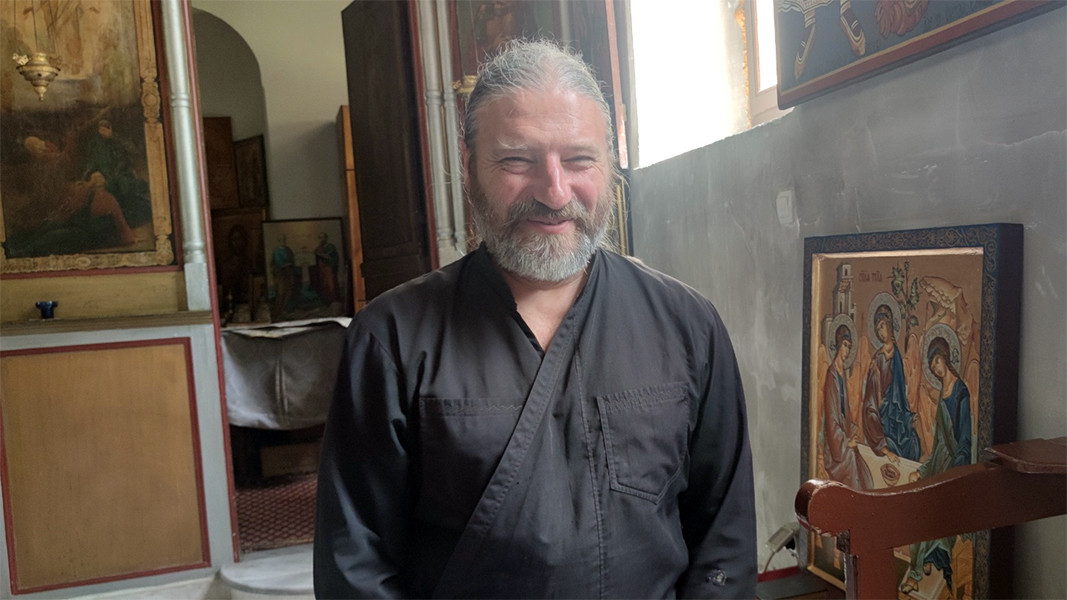
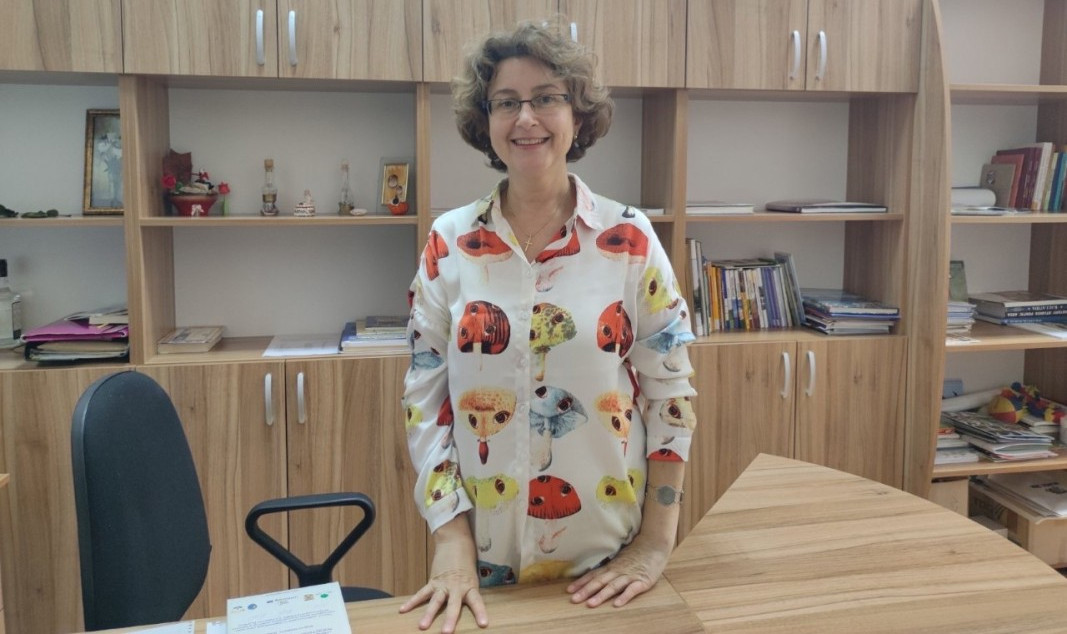
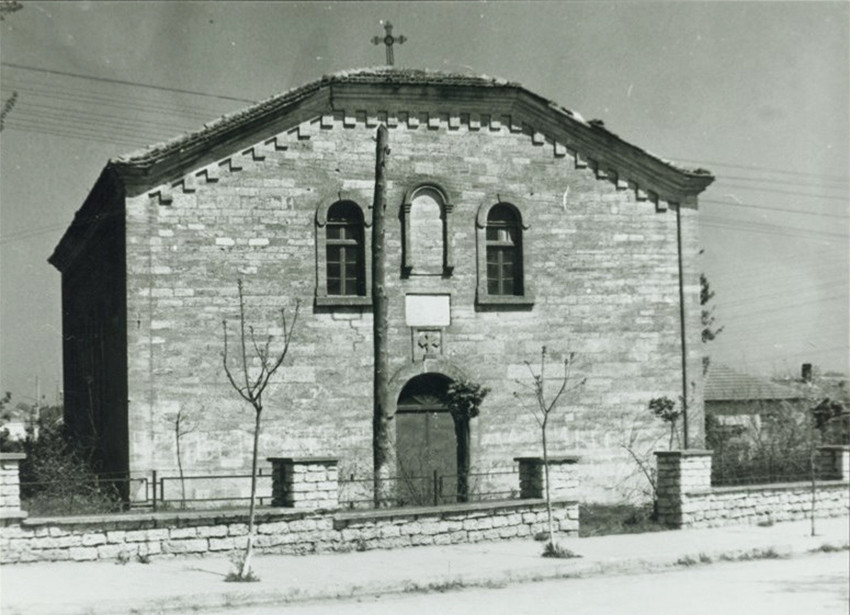
"The archives show that he had 51 years of service", continues Father Pavel. "His name appears as a young priest from 1897. In the last registers, when he baptized, he already wrote in large block letters and apparently in 1948 he was already very old. The most interesting thing is that he personally left a detailed description of the coast with geodetic points in the Shabla lighthouse, which shows that he was а educated and, in this respect, a versatile person."
According to the registers, Father Nikola did not serve in the parish between 1914 and 1917 and there is information that he was interned somewhere in Northern Romania. By the will of God and the intercession of his heavenly patrons St. Nicholas and St. Haralambos he returned to Shabla where his earthly journey probably ended. After him, of course, came other priests, who continued to care for the temple and the congregation, and the solid walls, erected under the expert eye of master Hristo Bozhkov-Zagoretsa, remain to remind generations of the God-loving work of their ancestors, and in 1999 the restoration of the church began:
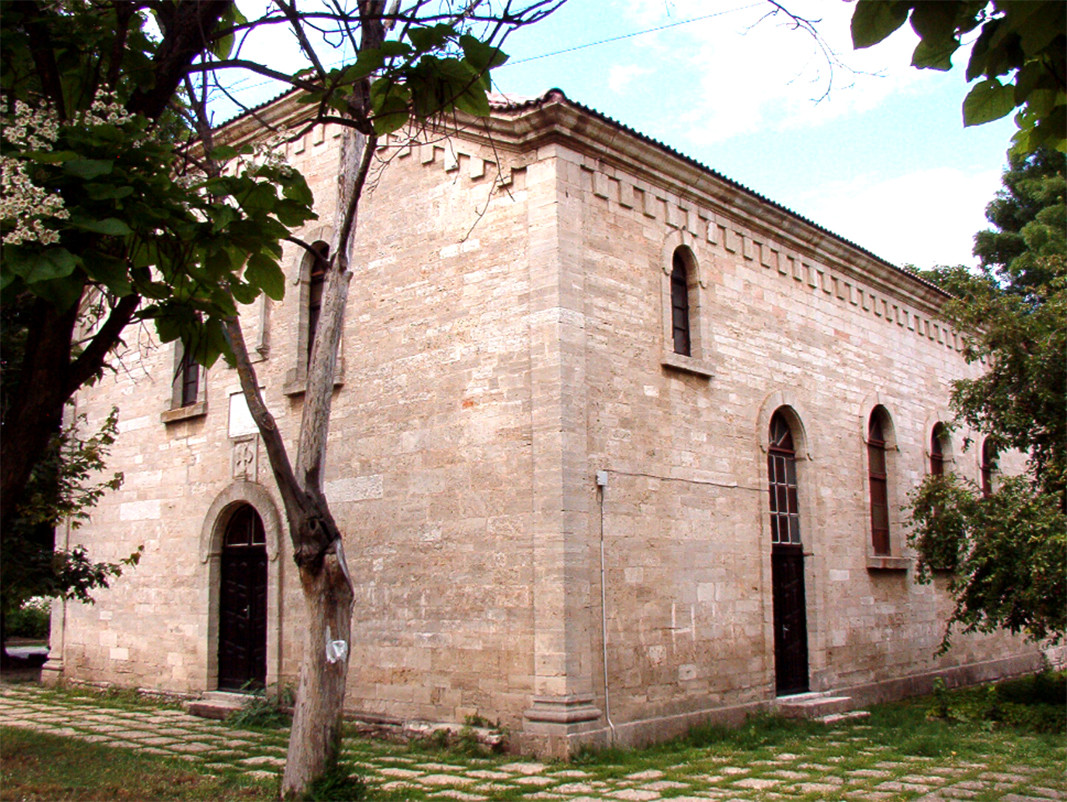

Read also:
152 years after Bulgaria lost its beloved son and advocate for a free, independent and tolerant state – Vasil Levski, his personality continues to excite and inspire Bulgarians from all generations. Scholars continue to study the work of the Apostle..
Vasil Levski is a Bulgarian revolutionary and national hero who fought for the Liberation of Bulgaria from the Ottoman Empire. He is an ideologist, founder and organizer of the Internal Revolutionary Organization, for which grateful..
Bulgarian Patriarch Daniil will celebrate the first liturgy in London for the consecration of the new church of the Bulgarian Orthodox community in the British capital - the church of Saint Ivan Rilski. T he church is part of the Bulgarian Embassy..
The Zograf Monastery on Mount Athos has a new abbot. Hieromonk Gavriil has been elected as the new abbot of the monastery, reported the website of the..

+359 2 9336 661
